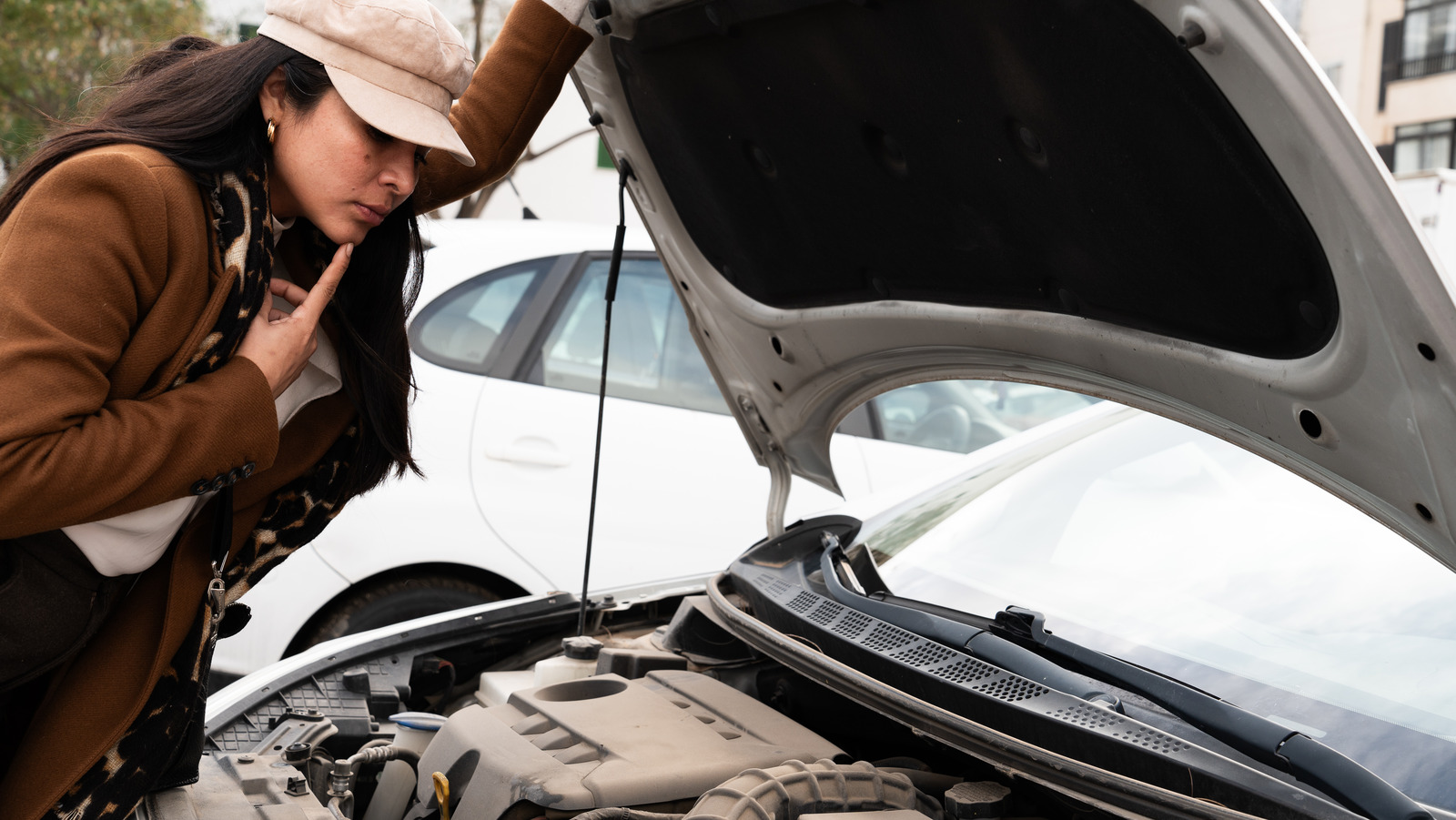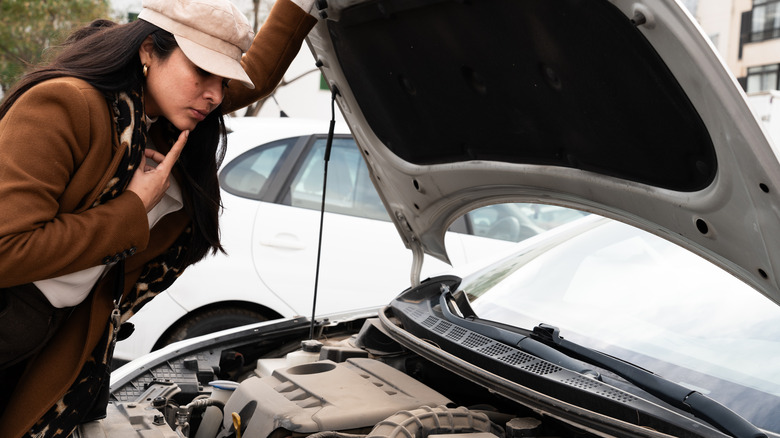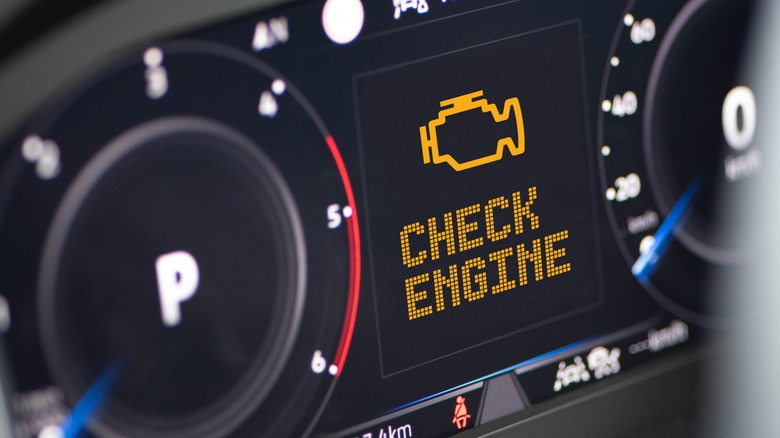Not too long ago, we wrote a little article on “Common Mistakes That Are Destroying Your Car’s Automatic Transmission“. Sooner or later, we had to circle back and take a look at another part of the powertrain that is prone to damage. Unbeknownst to many car owners, there are a number of common mistakes that are destroying your engine. They’re easy to make, ranging from simple things like ignoring must-do maintenance checks to revving your engine in cold weather.
Sending your engine to the graveyard a little too early is a fate too many car owners see. You may have picked up a few bad habits, and car engines aren’t as indestructible as they seem. So it’s best to keep in mind some smart practices to keep your engine running. Here are a few mistakes to avoid to keep your engine in peak condition and your car healthy for years to come.
Proper maintenance and good driving practices can protect your engine
One of the most common mistakes that can damage your engine is lack of maintenance. Many drivers forget to take their car in for service, but there are a few car maintenance items that you should get checked regularly. Regular service, such as swapping the oil, inspecting the transmission fluid, and getting brake pads replaced, is at the top of the list for proper maintenance. Then there’s the dreaded “check engine light” — if you see this, take your car in to a service professional pronto.
Another common mistake that will destroy your engine is known as a silent killer. Having a heavy keychain can damage your engine quicker than you think. It may seem harmless, but the heavier it is, the more stress it’s putting on the ignition switch. Over time, this can lead to serious problems, such as ignition faults, misfires, and stall-outs.
Another silent killer is revving up an engine in the cold. Call it bad advice or the Mandela Effect, but many drivers believe revving up a cold engine is a good idea. Wrong. It may make some sense in theory, but revving the engine to get things going puts unnecessary stress on the engines’ internal components, and we want to keep it running smoothly for years to come.




